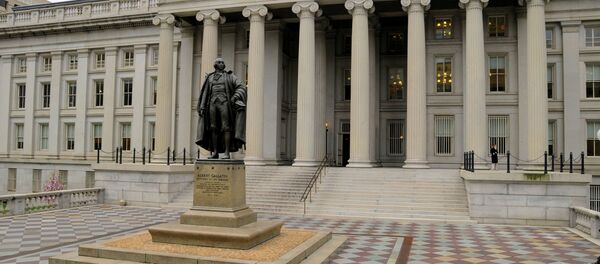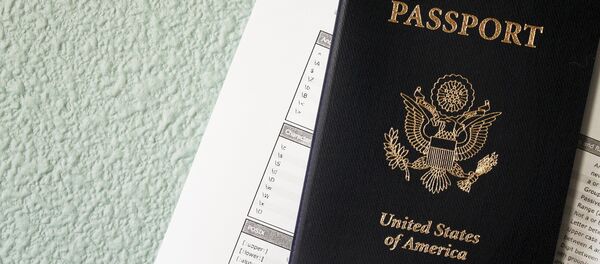Kristian Rouz — Amidst improving US fiscal discipline and the narrowing budget deficit, the US Treasury is cutting its supply of government debt securities at an accelerated pace, pushing the price on Treasury notes higher and further widening the spread between overseas and US bonds. Although the main reason for such measures undertaken by the US Treasury is simply that the US does not need as much borrowed money as it did before, the entire situation is more complicated, potentially causing severe damage to the most fragile foreign economies.
In 2016, net issuance of US Treasury notes is expected to decline by 26% to $422 bln, the lowest volume of new debt taken since 2008, according to Treasury notes auctions data. This year, the US Treasury issued some $607 bln worth of bonds.
The US government has succeeded somewhat in narrowing its budget deficit, meaning it does not require as much borrowed funds to cover all the expenses as it used to after the 2008 economic meltdown. Another significant reason for curbing debt issuance is the US Federal Reserve, the biggest holder of the US debt, is set to hike its borrowing costs with the likeliest probability in December or March. That means, the US government will have to pay higher interest on its bonds to the Federal Reserve, adding pressure on the budget, which both the Congress and the Obama administration wish to avoid.
Long-term yields on US debt would be bound to go up once the Fed hikes its rates, causing an imbalance in US economic sustainability, increasing market volatility and impairing investment. However, if the Treasury cuts longer-term debt supply simultaneously and proportionately to the US Fed rate hikes, the yield will stay within its normal gauge, and the financial conditions in the US economy will remain unchanged, while the overall monetary policy becomes healthier.
US Treasury notes yield just above 2% right now, and have declined steadily since the 1980s after hitting their highest of 16% in 1980-1981.
The spread between the 5-year (non-benchmark) US Treasury notes and the 5-year Deutsche Bunds hit its multi-year high at 1.80%, which is above its previous peak of 1.50% seen in 2005. Still, in 1999 the same spread was even greater, at 2.30% in the wake of the dotcom crisis.
Japanese 10-year bonds now yield only 0.28%, while the US 10-year benchmark Treasury note yields 2.24%, a 1.96% spread. That said, the US bonds are riskier than those of other advance nations, but compared to rest of world, the US Treasury yields are rather low.






